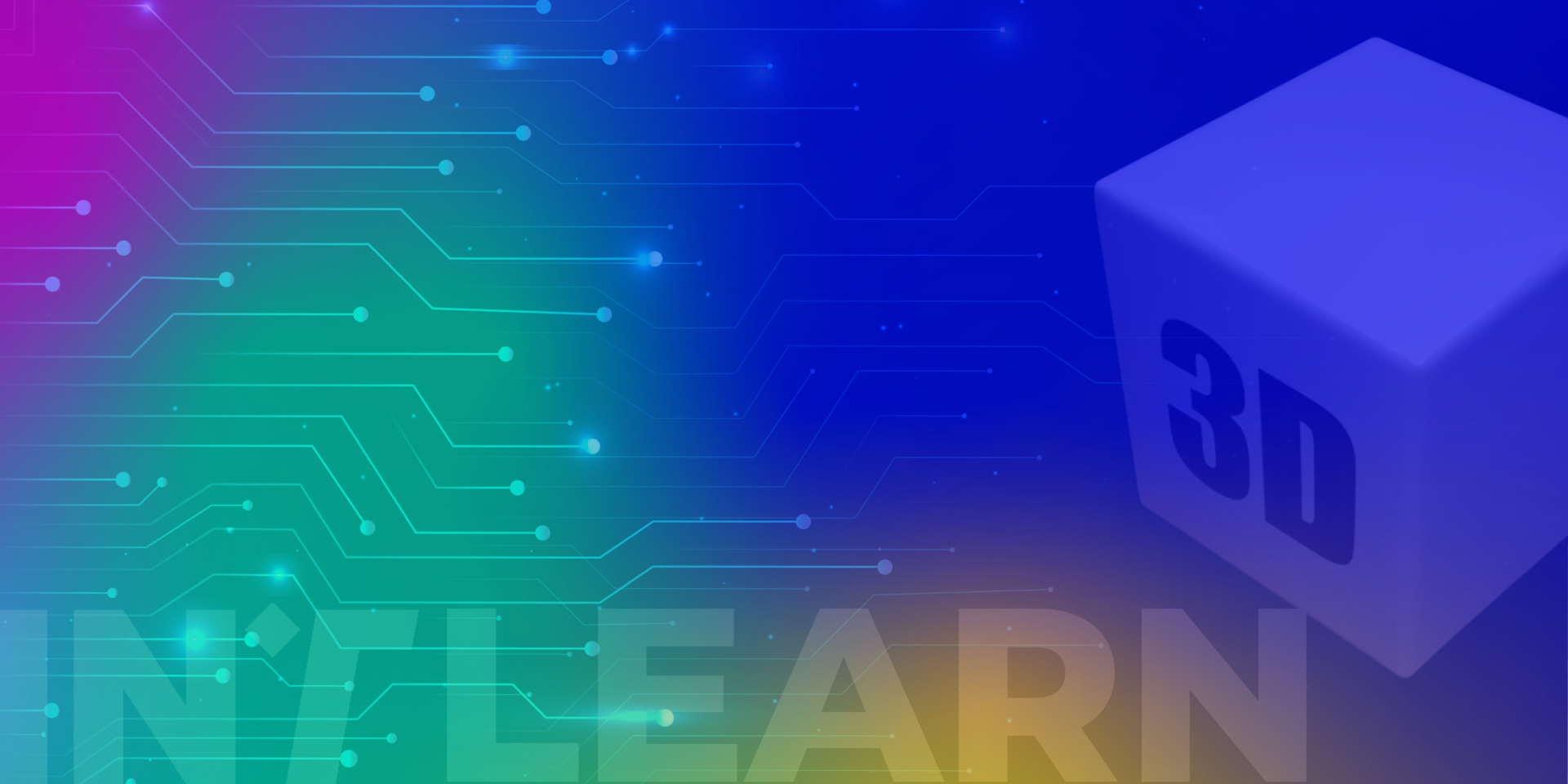The smart home and building automation about Domotics
Domotics: also called Home Automation, the discipline that studies technologies aimed at improving the quality of life in homes and buildings.
Home automation also allows for an increase in the performance and possibilities offered by the various systems present in the home, optimizing consumption and enabling control, comfort, security, energy saving, and communication.
The etymological origin of the word derives from the union of the Latin term ‘domus’, house in Greek, with the suffix ‘ticos’, which indicates applied disciplines. Therefore, domotics is the discipline that deals with the study and application of technologies aimed at optimizing the quality of life in homes. These are made smarter by means of special home automation systems: Domotic Systems.
Domotic Systems, unlike traditional ones where functions are activated via manual commands incapable of interacting with each other, allow for the coordinated management of all devices.
THE SMART HOME
Today, the term “smart home” is used to indicate a technologically advanced environment that, through the management of interconnected home automation devices, is able to offer benefits and conveniences to the user.
The advantages of living in a smart home include turning on lights, opening doors and shutters, managing air conditioning, and controlling communication and security systems.
Home automation is based on the BUS, an electrical and electronic system capable of controlling a set of simple and complex functions. To control a home automation system, the BUS is composed of elements that communicate with each other by transmitting data in digital format.
A home automation system can be created in three different ways:
Centralized home automation system: involves the presence of a control unit, to which all devices are connected and on which all devices depend.
Distributed home automation system: without a control unit, but created in such a way that each device functions autonomously and can also coordinate to make home automation operations even faster and more automated.
Mixed home automation system: uses a combination of wired and wireless technologies.
BUILDING AUTOMATION
The use of home automation, in addition to the residential sector, can also be extended to the tertiary sector, and is called building automation.
This leads to the creation of intelligent buildings and workplaces where, heating and security systems, computer and communication networks are also integrated into a single system. Dedicated management software contributes to the centralized of all functions within commercial, hospitality, and healthcare structures.
Everything can be managed through a single system that allows for programming and coordinating the automations present in the building, be it an office, a hotel, a shop, or a gym.
DIFFERENCES WITH IOT
Domotics and the Internet of Things (IoT) address distinct needs within the realm of smart environments.
Domotics requires the intervention of specialized professionals. This includes an initial assessment of needs, system selection, installation, and the integration of various components. Consequently, it represents a comprehensive implementation, with the advantage of achieving a holistic scope that coordinates every aspect of the home environment.
In contrast, IoT devices offer a more localized deployment, enabling targeted solutions for specific requirements without the need for invasive structural modifications. Leveraging existing home Wi-Fi infrastructure, their functionality is intrinsically linked to network quality, resulting in a relatively more circumscribed operational capacity.
In conclusion, domotics delivers a unified and deeply integrated smart home experience, while IoT devices propose a modular and adaptable approach to automation.





